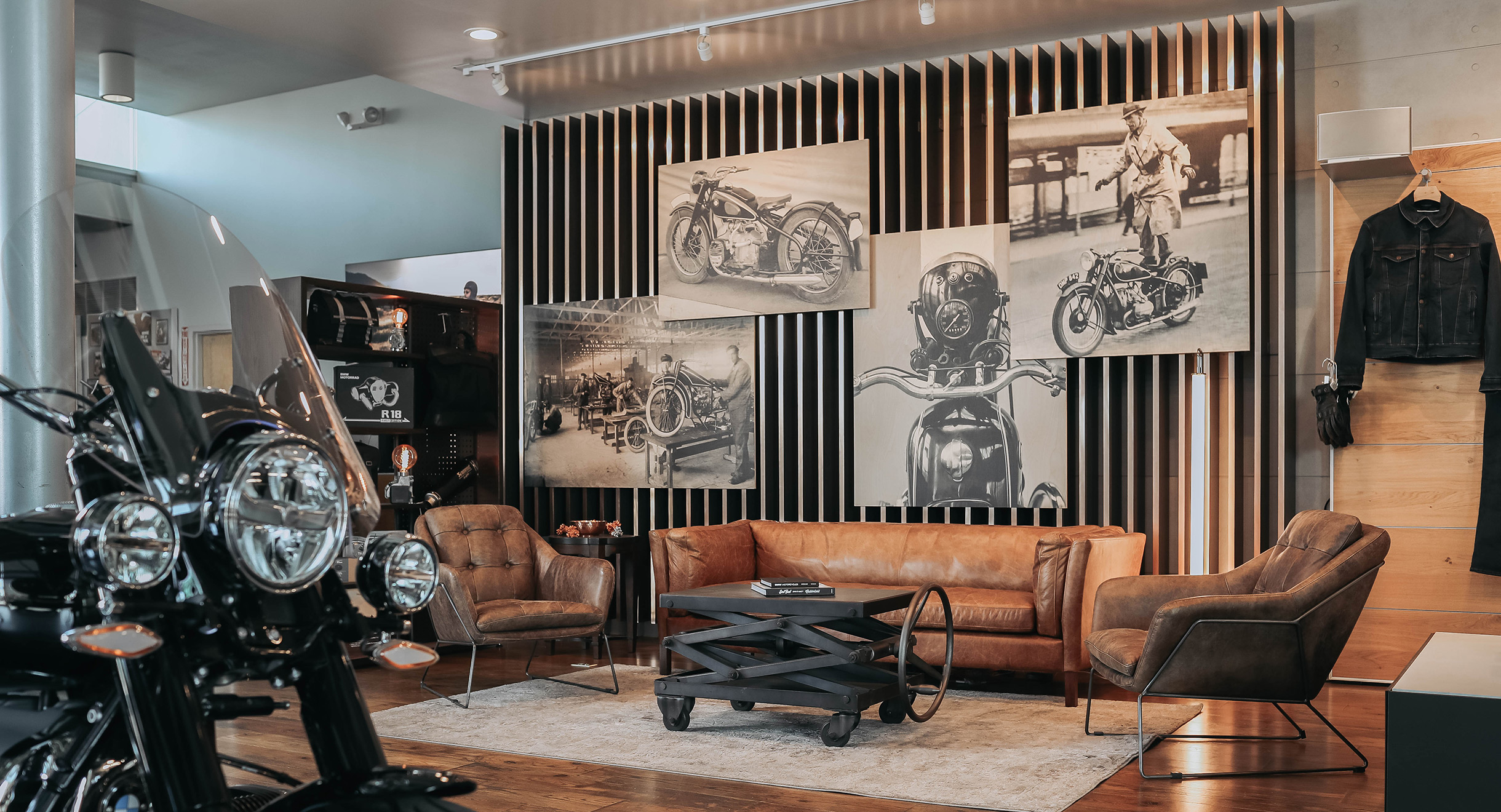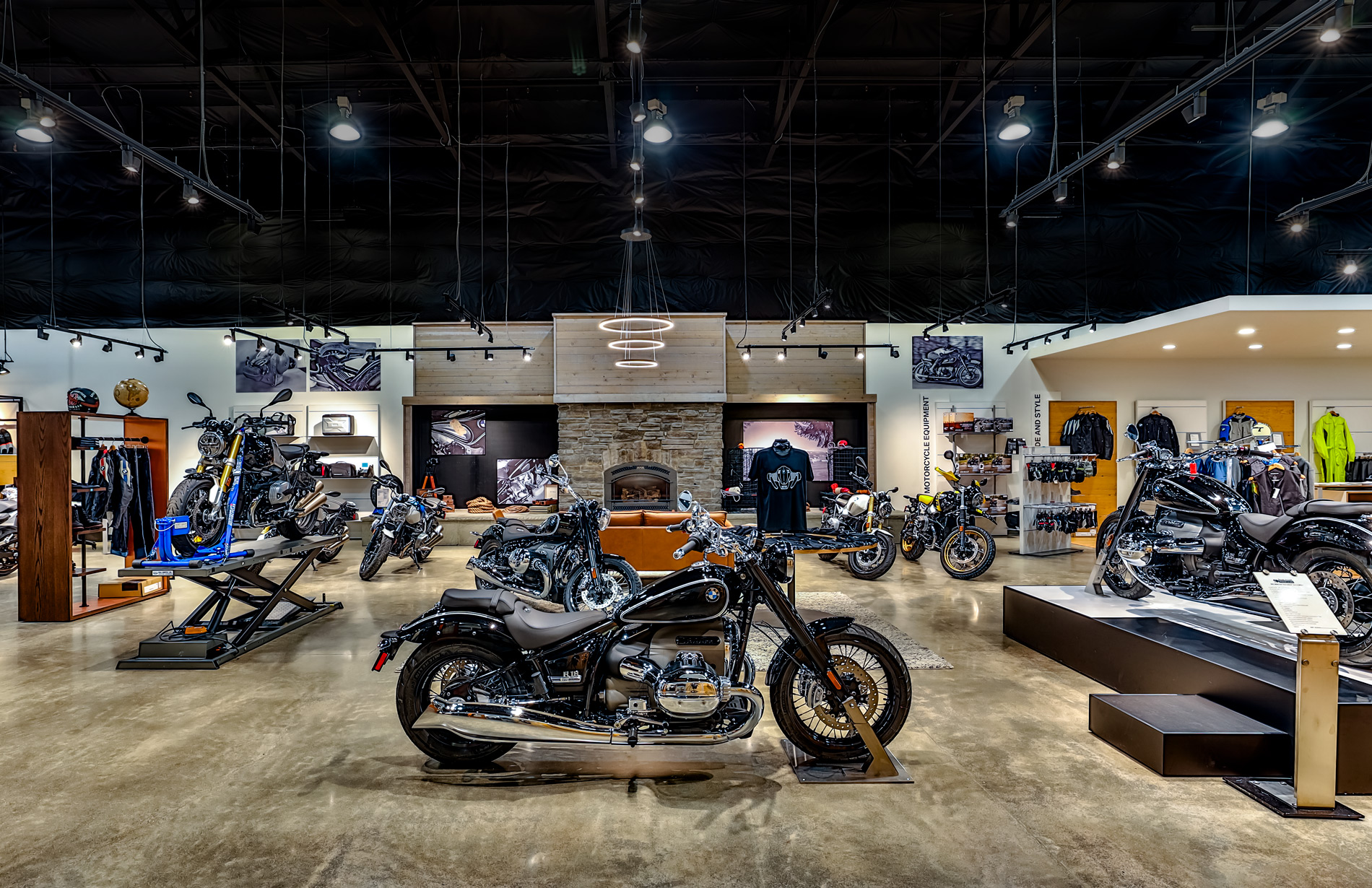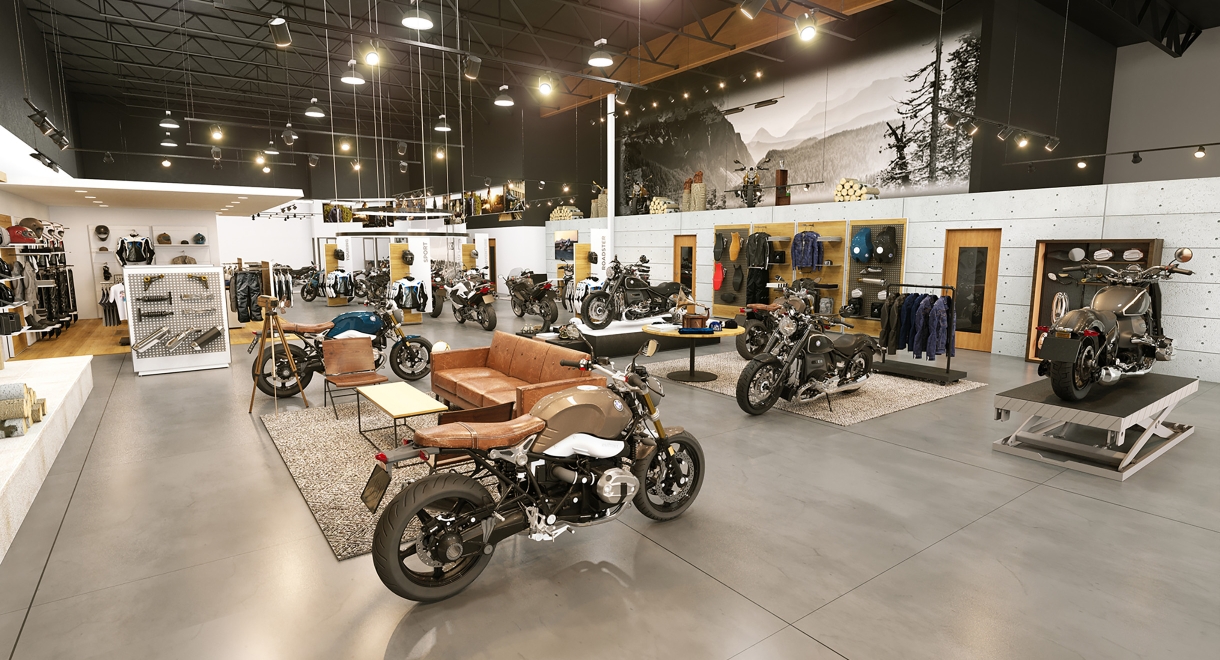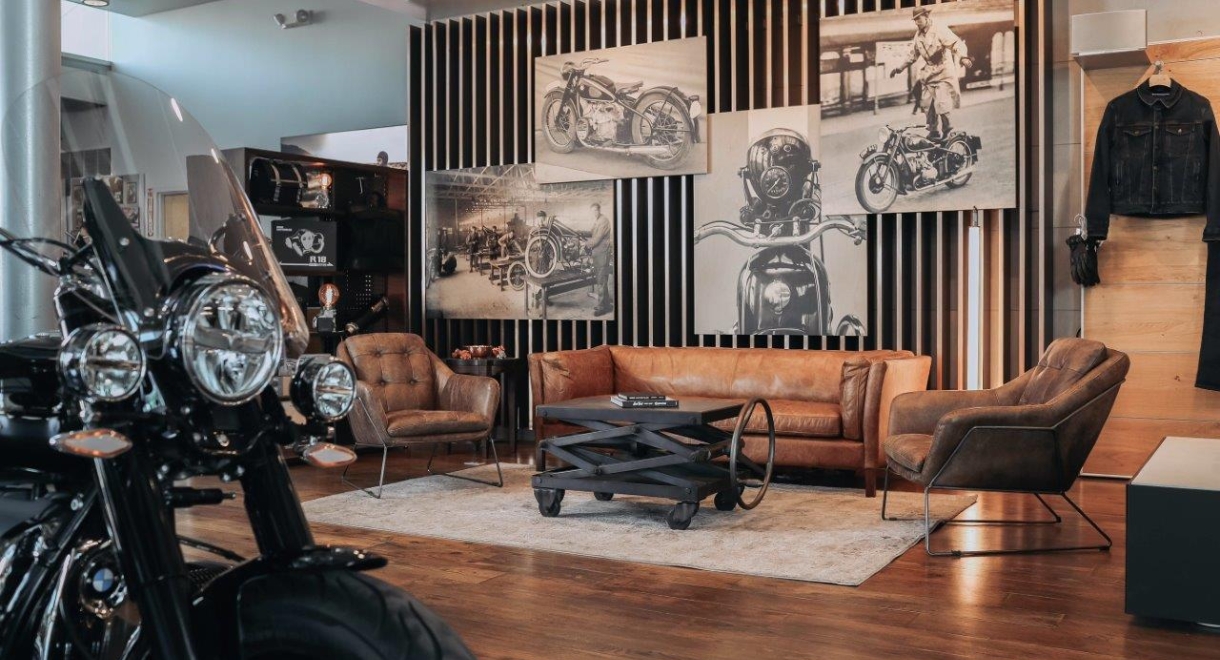Foundations of Automotive Retail Design
2024.01.19

The automotive industry is currently navigating a profound evolution, with a widespread transition to electric vehicles heralding a historic departure from the century-old internal combustion engine. This pivotal moment coincides with a reevaluation of the traditional dealership model, a longstanding cornerstone in the automotive retail sector.
In parallel, consumers are undergoing a shift in their perception of "luxury," increasingly prioritizing sustainability in their lifestyle choices.
Despite these seismic changes, the foundational principles of automotive retail design remain integral, and this article will delve into the continued importance of crafting an appealing storefront and a meticulously designed showroom layout. These elements play a pivotal role in conveying a brand's identity, values, and the core essence of its product offerings.
The foundational principles of automotive retail design remain integral.
Crafting an Inviting Storefront
The dealership storefront is the customer's gateway to the automotive world, tasked with conveying the brand's identity and capturing the attention of passersby. It transcends conventional glass windows, aiming to extend the brand's personality to the exterior and seamlessly transition customers into the dealership.
A noteworthy trend is the integration of streetfront social spaces, such as coffee shops and lounges, fostering a sense of community among automotive enthusiasts and providing an informal setting for interactions with customers.

Window displays featuring dynamic LED screens can be effective at attracting customers. However, traditional visual merchandising methods, including color selection, thoughtful product positioning, focused lighting, and branded graphics, remain indispensable.
The choice of materials and branded graphics combine to create a storefront that mirrors the brand's essence, promoting a certain lifestyle and leaving a lasting impression on potential buyers. Focused nighttime lighting is essential for visibility, ensuring the storefront stands out among neighboring businesses. Architectural elements like canopies, awnings, and overhangs can enhance the visibility of the main entrance, making it more inviting and easier to locate on large buildings.
Extending the brand's personality to the exterior and seamlessly transitioning customers inside the dealership.
Mastering the Showroom Layout
Designing a showroom requires a profound understanding of the products and the target audience. The layout should align with the brand's identity and cater to the specific preferences of the audience, whether they are shoppers eyeing luxury motorcycles, family cars, or small commuter vehicles. Transparency and visibility are central, creating an environment that encourages self-determined discovery, making customers feel comfortable and in control of their shopping journey.

Open and spacious layouts with clear sightlines and intuitive navigation provide a comfortable and unobtrusive experience for customers. Different areas within the showroom, such as reception counters, central community spaces, and comfortable seating areas, contribute to a welcoming and supportive atmosphere.
Effective organization of vehicles into distinct zones, along with related merchandise and props, enhances the showroom's appeal. Placing attractive vehicle models at the front captures customer attention while maximizing floor space to avoid overcrowding.
If the dealership includes a service center, it should seamlessly connect to the showroom, creating an inviting, branded area that showcases parts and accessories attractively, offering customers opportunities for upgrades and personalization.

Transparency and visibility are central, creating an environment that encourages self-determined discovery, making customers feel comfortable and in control of their shopping journey.
Atmosphere That Tells a Story
The creation of an exceptional customer experience and a cohesive brand narrative relies on the meticulous selection of finishes, lighting, furniture, and graphics. High-end dealerships often choose luxurious materials like marble, polished metals, and hardwood, while eco-friendly bike stores prefer sustainable finishes such as reclaimed wood and recycled glass, incorporating diverse textures for enhanced visual appeal. Automotive retail spaces should be as varied as the companies, cultures and customers they serve.

Lighting is a key element in creating impactful environments, with a combination of fixtures used to create different effects — focused spotlights to highlight products, ambient lighting for general circulation, task lighting for sales points, and accent lighting for an ambiance in lounge areas. The strategic placement of LED downlights, uplights, pendant lights, and adjustable spotlights for vehicles and merchandise, enriches the showroom environment.

Branded graphics, including large-scale landscape imagery, signage, and digital displays, play a vital role in communicating the company’s message and narrating the unique features of displayed vehicles. High-quality furniture, offering versatile seating arrangements and ergonomic options, encourages customers to spend more time in the showroom. Including technology elements, such as charging stations and digital displays, enhances customer engagement, while flexible seating and table configurations support personalization and foster a sense of ownership, contributing to an overall enhanced customer experience.
Automotive retail spaces should be as varied as the companies, cultures and customers they serve.

Unique Spaces Redefining Brand Experiences
An investment in design and brand experience strategies is crucial for automotive dealerships to stay connected with their evolving customer base. By creating inviting storefronts and mastering showroom layouts that resonate with consumers' changing perceptions of luxury, dealerships can retain loyal customers and increase engagement through memorable and immersive brand experiences.
As the automotive industry continues to transform, these strategies will continue to serve as a beacon, guiding dealerships toward sustained success in an era of profound change.
Dealerships can retain loyal customers and increase engagement through memorable and immersive brand experiences.
Relevant Projects











